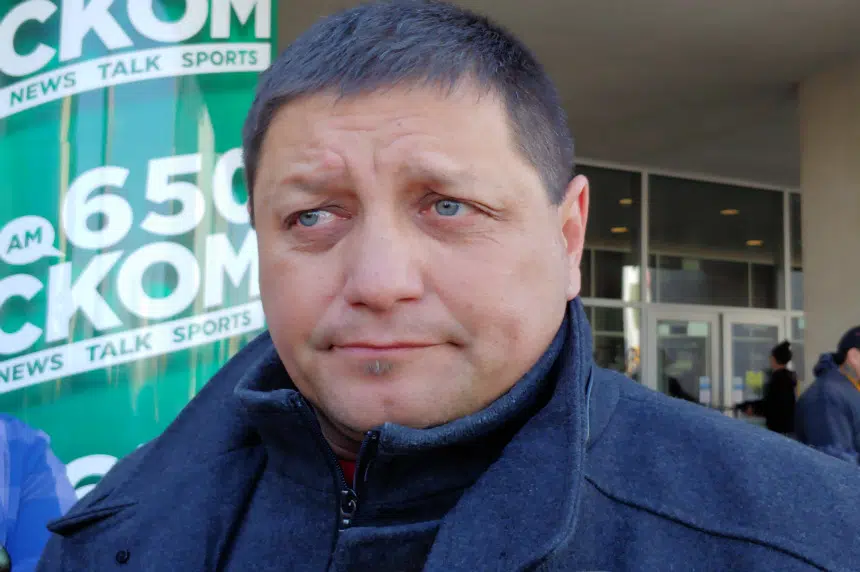A downtown Saskatoon safety and wellness pilot project – led by the Saskatoon Tribal Council – has been given the green light and $200,000 in funding.
Half of the money will come from the city’s Municipal Economic Enhancement Program’s (MEEP) reserves, while the other half will come from the provincial government. Social Services Minister Paul Merriman joined in on the meeting.
It was proposed by the Interagency Response to Downtown Safety and Well-Being group.
A special Saskatoon city council meeting was held Wednesday to approve the project, also called Sawēyihotān. According to Saskatoon Tribal Council Chief Mark Arcand, it’s a Cree for “Let us bless each other through our show of respect for each other – affirming the humanity of each person created to be with us. A blessing goes in both directions for us and to us.”
A report from administration indicates the project will be led by the tribal council and will involve creating a street outreach team, and a comprehensive, community-based case management model with the goal of getting those who need housing, into a place of their own, rather than simply living or staying in a shelter.
“People living on the street that are in unfortunate circumstances right now are people, first and foremost. They’re human beings and I think there has to be a lot of situations that need to occur to make a better place in our city for all people,” said Arcand.
“Unfortunately, it’s First Nations people, the majority of it,” he continued. “And through our organization…we’re willing to help everybody. That’s always been our goal. That’s always been our mandate,” he added.
Mayor Charlie Clark said since COVID-19 began, and since the closure of the City Centre Inn and Suites – due to a long list of health and safety violations – many hard lessons have been learned.
“We need to look at this from the point of view of what’s going to be best to both help those individuals and to help the overall safety of the downtown community,” he said.
“The real turning point I see in this…is the direct partnership of the ministry working directly with us to identify where those challenges are, and to come up with better systems to address them.”
The project will be a “For Indigenous, By Indigenous” model, meaning encompassing holistic ways of meeting the needs of the population in question.
Arcand emphasized that no one “should be pointing fingers at each other, saying it’s one person’s problem or another person’s problem.” The ‘boots on the ground’ team he explained, would be very different than traditional models seen before.
“We are going to be doing a lot of aftercare. Which is, once we get people housed, whether it’s the short term inside of hotels- because I don’t think shelters are the answers – I think getting into a short term, whether it’s a hotel…. and then putting them into long term housing, but also having our mental health and addictions team going to visit these clients daily, every second day, every third day, so we don’t get into a result of them being evicted and becoming homeless again.”
Merriman told council that while the province will initially provide $100,000, there are talks going on about including additional money in the next budget cycle as well. He said if successful, the model could be applied in Regina and Prince Albert as well.
The pilot project is divided into two phases. The first will be to address the immediate needs of those in the downtown, while the second part will include long term transitional housing needs.
The project will begin this fall and continue into the spring of 2021.











